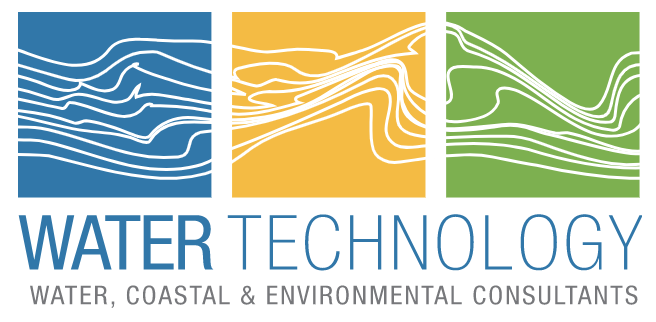Abstract
Hydrogeology is clearly based in geology but the relationship between the hydro bit (water) and the geology bit frequently becomes fractured or disconnected. In my experience, working as an Earth Scientist in a School of Civil and Environmental Engineering, this is largely the result of the widely different educational backgrounds of the two major groups involved: engineers and scientists. An Engineer is trained as a problem solver – one who seeks to simplify a problem so that a solution can be found and progress made. A Scientist is more concerned with understanding process and in that endeavour, may often become perhaps overconcerned with the detail. The equally valid, but fundamentally different approaches, can lead to a serious lack of overall understanding, which in our area, comes principally to the fore in the application of groundwater modelling. A geologist is trained to perceive process in 4 dimensions and typically has limited mathematical training. An engineer, has little geological training and typically reduces problems to 2 or at best 2.5 spatial dimensions but is mathematically very elegant in the way in which this is achieved, frequently leaving the geologist at a loss as to how to usefully comment. The problem that presents itself is how to best resolve this fractured approach to the benefit of all.
Groundwater Modelling is routinely applied in the EIS process to assess the likely impacts of mining. As such, it has become subject to widespread criticism by those seeking to avoid the environmental impacts of mining. The criticism is most frequently that the model does not sufficiently reflect reality and that the model predictions are therefore unreasonable. The criticism is often well founded. The problem is a lack of geological understanding at the time that the conceptual basis for the groundwater model is being developed. As the model is developed typically by an Engineer, the cause of the lack of geological understanding is not difficult to appreciate. When the results of groundwater modelling are used extensively in the EIS process to inform political decisions on new mines and also in the management of existing groundwater reserves, the importance of these comments becomes clear. Previously it could be argued that the impact of groundwater development was not overly significant as relatively small quantities of water were involved. However, as society moves towards mining groundwater and semi-permanently emptying aquifers, this is no longer tenable.
In this IAH presentation, I will review the occurrence and development of the groundwater resources in the Southern part of the Liverpool Plains of New South Wales as an indication of this significant and developing problem in Hydrogeology. New field evidence will be presented to illustrate the problem.
Emeritus Professor Richard Ian Acworth
University of New South Wales
Biography
Ian Acworth graduated from Leeds University in 1973 with an Honours degree in Earth Sciences. He has worked as a hydrogeologist ever since, working in Africa and UK before migrating to New South Wales in 1988. Since 1988 he has been at University of New South Wales in Sydney researching and teaching hydrogeology, mostly in the School of Civil and Environmental Engineering. He published a book in 2019 called ‘Investigating Groundwater’. The book was published by the IAH in their International Contributions to Hydrogeology Series (Volume 29) and covers many of the research advances made while at UNSW. He has published 78 papers in journals (cited more than 2000 times) with 18 papers in the Hydrogeology Journal.

























